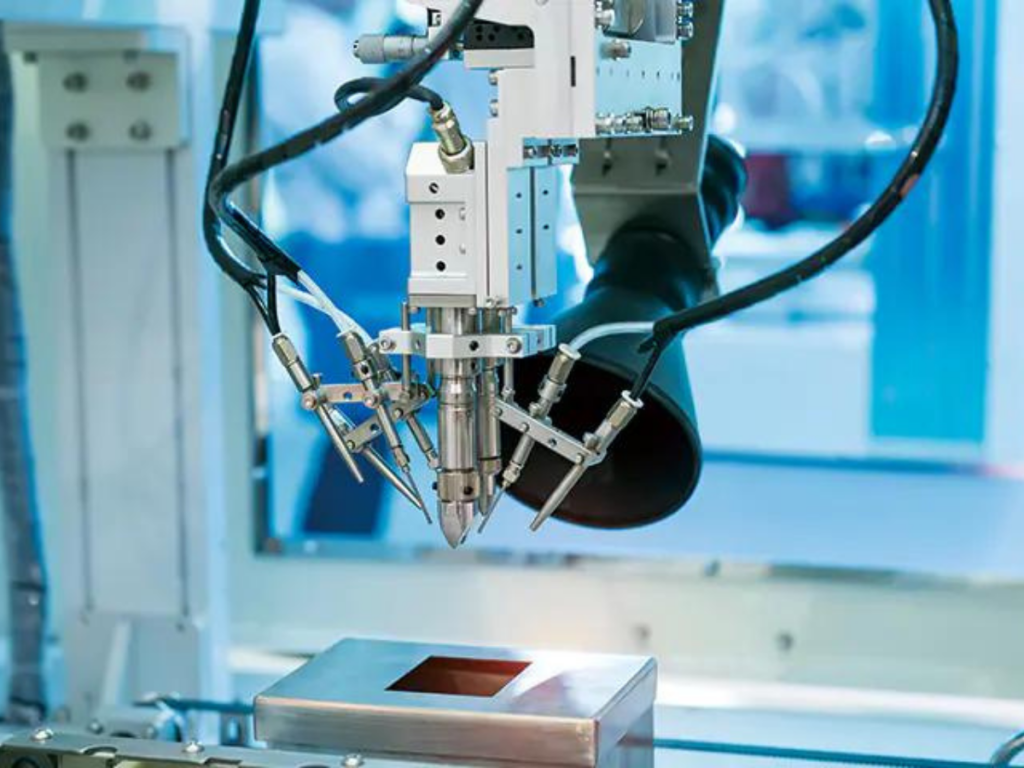Controlling the Quality of Electron Beam Welding
Electron beam welding is a critical skill in many industries. Aerospace, oil and gas, and medical equipment are among them. EB welding was invented in the 1950s, during a period when fusion was popular. However, in terms of real-world applications, electron beams have stood the test of time. Engineers have formidable levels of control because they can tightly control electron beams using a vacuum and precision calculations.
Metals can be bonded in a safe and dependable manner using EB welding. Precision and quality are essential in this highly specialized industry. This is all due to quality control, which Electron Beam Processes places a high value on and which clients rely on. Continue reading to find out what happens behind the scenes.
Visual Examination
In precision welding, the surface of the metals is critical. Similarly to how filling a pothole and hoping for the best never works when combining ice and tarmac, metal quality matters greatly in precision welding.
Microscopic visual inspection of metals is critical. This can be used to detect cracks and other flaws, as well as to calculate fatigue. Fluorescent dye is also used to highlight small details. Knowing the surface quality ensures that bonds are completely dependable.
Radiography
When it comes to electron beam welding, the overall quality of the metal is just as important as the quality of the machine. Fatigue is an important issue that cannot be ignored. In these situations, radiography can be a valuable ally. Radiography can be used to either measure samples or confirm metallurgical suitability.
Ultrasonic Examination
Sound waves are an excellent tool for detailed visualization. This non-destructive quality checking method is a highly effective way to investigate the deep structures of a metal or joint.
Ultrasonic testing (UT) can detect invisible cracks and defects. The ability of UT to provide precise readings in testing is also valuable. Many industries require this because they rely on consistent and measurable quality levels.
Testing for Batch Control
This is a type of quantitative testing. They enable the meticulous dissection of a weld into macro and micro quality control pieces at any point during production. Batch control provides an excellent overview of an entire run. By performing detailed dissections on a small number of dummy parts, overall quality can be established.
Every time, consistent results
Superior testing is one of the characteristics that has contributed to the global value of EB welding. Electron Beam Processes has a reputation for rigorous testing, dependable results, and stringent quality controls.

